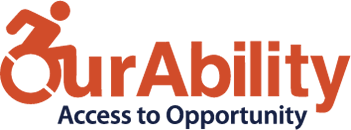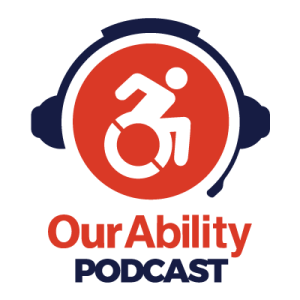COSD
January 16, 2015Highlighting people with disabilities: The Super Bowl and Changing the Face of Beauty
March 11, 2015Time To Put a Stop to Cyberbullying
Cyberbullying and Disability
One day after a football game several years ago, I noticed a young man about 20 years old taking a cell phone movie of me while I was walking around the college campus. In that instance, I realized someone was going to use their anonymity and cell phone technology to entertain themselves. And that stung. Futhermore, this guy was going to “share” this experience with others. And that bothered me.
While technology has become a great equalizer for people with disabilities like myself, providing opportunities to engage with an able-bodied population in an accessible, friendly environment, it’s also helped fuel an age-old problem. Bullying.
According to a 2010 survey by the Cyberbullying Research Center at Florida Atlantic University, 50% of teens have been cyberbullied with 20% reporting it as a regular occurrence. And, as you might imagine, that number only goes up when you talk about teens with physical or learning disabilities.
Cyberbullying is today’s new catch phrase. It’s an old problem with a new twist, because those individuals doing the bullying can hide themselves in anonymity, and be just as hurtful. Nobody sees who’s doing the mocking, tweeting, sharing, or harassing. In many ways, that makes the pain on the other end even more hurtful.
This is a growing problem that won’t be solved through technology. It will be solved by understanding. All bullying stems from a lack of understanding and comfort with someone else’s differences. The cyber age has compounded this problem. Because of the American with Disabilities Act of 1990, schools must address harassment with regard to a student with a disability. The student is entitled to a free appropriate public education in the least restrictive environment. Protecting the students from bullying allows the education process of student disability to continue.
Regardless of the audience, whether it be Facebook or high school students, we must continue to educate people about accepting differences. Only through education programs will students begin to understand people with disabilities. When opportunities arise to build inclusive arrangements where students with disabilities engage with people in an able-bodied population, it builds more understanding. This can modify the behavior and educate the “would-be” bully.
These education opportunities can be built in multiple ways: 1) inclusive classes with students with disabilities; 2) cyberbullying workshops in assemblies in front of schools; or 3) classroom cyberbullying projects led by people with disabilities.
At the same time, we all need to take personal responsibility for the role we play. As an individual with a disability, I cannot help myself in a situation where I’m being bullied, or cyberbullied. In these instances we need to recognize the bullying and not engage it. We need to become “filters” and stay away from those individuals that continue this immature behavior. And if the bullying continues, we need to alert others.
In this scenario, all neutral parties — friends, parents, educators, administrators, etc. — need to create an open and honest dialogue. To be able to have this dialogue, there needs to be a safe environment to be able to discuss such issues. Again, workshops in the classroom and assemblies can begin to build this environment.
We also need to have an honest discussion in the open. When possible, we need to identify those people bullying. There was a recent example of someone calling out a bully. Former Major League Baseball pitcher Curt Schilling, with a little research and help from Google, found two people cyberbullying his daughter. Mr. Schilling has a great passion for many things such as ALS research, and to see his engagement around this bullying issue is very welcoming.
This is a personal issue for people with disabilities. We tend to ignore or hide bullying as best as possible. It is not always possible to do so. In every school assembly I’ve given in the past six years, I always get questions around this topic. Just last week at my son’s middle school, Doug Hamlin and I were asked to speak to the students. The first question I got was from a seventh-grader who asked if I’d ever been bullied. I get this question in every assembly. My answer is as follows:
“If you asked me in seventh grade if I was ever bullied, I would tell you no. But the truth of the matter is I was picked on as a student. I was bullied. Those kids who did not understand what a congenital amputee was and were afraid to ask found solace in picking on me. Early on I knew to stay away from those people who did not love me. If parents or educators and asked if I was picked on, my answer was no.
I should have said yes.
Today, I know to stay away from those who mock me. But as an 11-year-old I had no understanding of that. I needed my parents, teachers and friends to provide me the safe haven to say something was wrong. Thankfully, my answer was to get as close to my friends as possible and be with those who loved me. I found a solution without realizing it was a solution.”
In today’s society, cyberbullying just provides bullies with more opportunities to spread their hurtful ways . We need to combat this with our own plan. Create an open and honest environment, educate people with disabilities to protect ourselves, and build a better bridge of understanding with all young people that being different is not only okay, but welcome!


